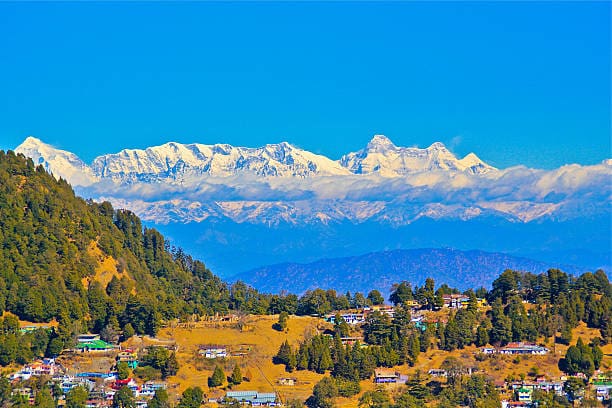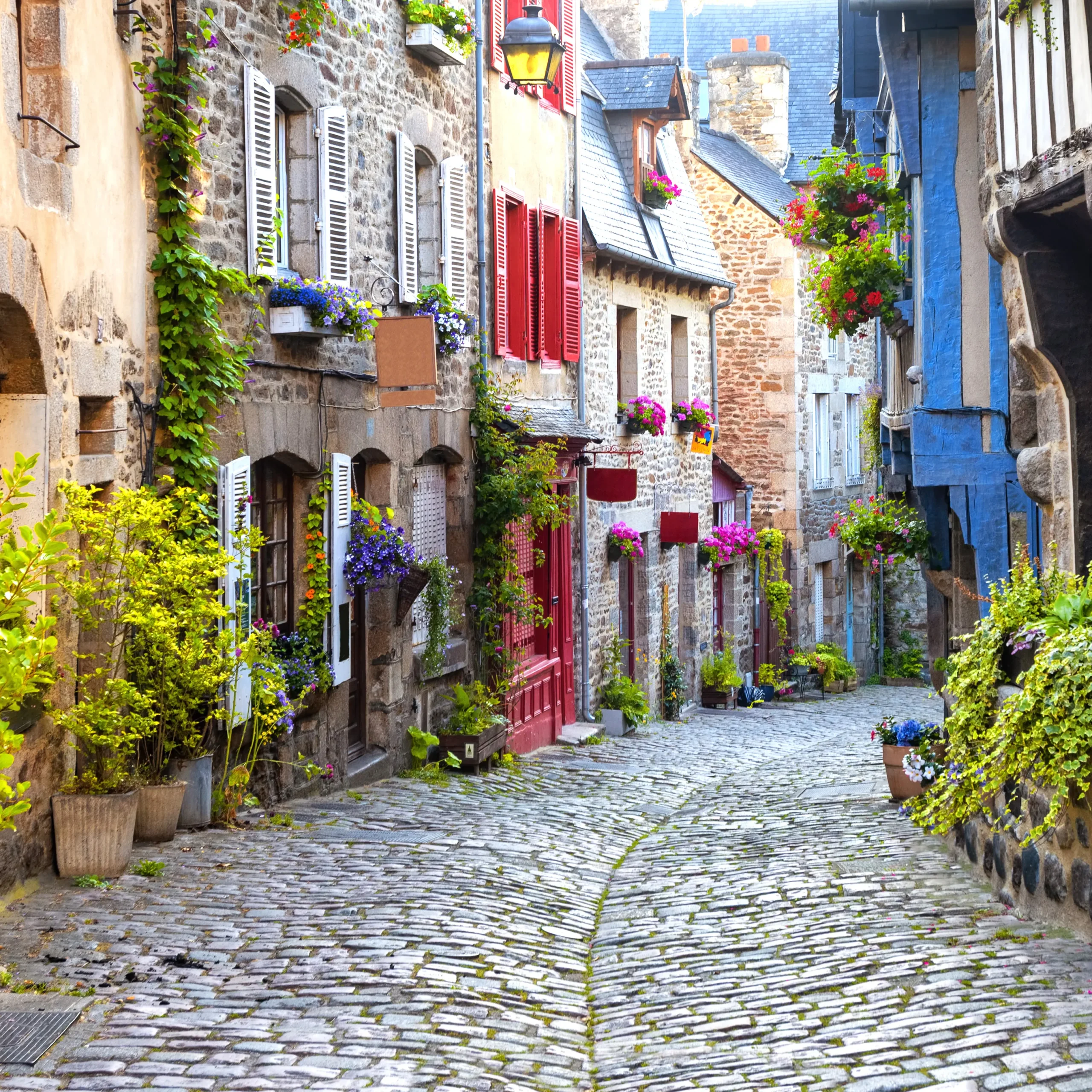Kanyakumari, located at the southernmost tip of the Indian subcontinent, is a land of great cultural and spiritual significance. The town is well-known for its stunning landscapes, serene beaches, and ancient temples. Amongst the many temples, the Kanyakumari Temple, also known as the Kumari Amman Temple, is considered one of the most revered and visited temples in the region. In this article, we will explore the history, significance, and unique features of this magnificent temple.
History of Kanyakumari Temple
The Kanyakumari Temple is believed to be around 3000 years old, and its origin dates back to the Sangam period. It is said that Goddess Kumari, an incarnation of the Hindu deity Parvati, meditated in Kanyakumari to attain Lord Shiva’s hand in marriage. The temple’s main deity, Kanyakumari Devi, is considered the protector of the region and is worshipped by devotees from far and wide. The temple’s history is also linked to the Chera, Chola, and Pandya dynasties that ruled the region.
Significance of Kanyakumari Temple
The Kanyakumari Temple holds immense significance in Hindu mythology and is considered one of the 108 Shakti Peethas. According to legend, it is the spot where the nose ring of Goddess Sati fell when Lord Shiva carried her burnt body across the universe. The temple is also believed to be the point where the three oceans – the Bay of Bengal, the Arabian Sea, and the Indian Ocean – meet. The temple is not just a spiritual centre but also a cultural landmark, attracting tourists from all over the world.
The Architecture of Kanyakumari Temple
The Kanyakumari Temple’s architecture is a beautiful blend of Dravidian and Kerala styles. The temple is built on a sprawling 6-acre complex and features a gopuram (tower) that stands at 40 meters tall. The temple has intricate carvings and sculptures, and the mandapam (main hall) is adorned with paintings depicting scenes from Hindu mythology. The temple’s sanctum sanctorum houses the idol of Kanyakumari Devi, which is made of black stone and is about 3 feet tall.
Rituals and Festivals at Kanyakumari Temple
The Kanyakumari Temple is open from 4:30 AM to 11:00 AM and from 4:00 PM to 8:00 PM every day. The temple follows a strict dress code, and visitors are required to dress modestly. The temple’s main festival, the Chaitra Purnima Festival, is celebrated in April, and it attracts thousands of devotees. The festival marks the end of the Tamil calendar and the beginning of a new year. Other important festivals celebrated at the temple include Navaratri, Diwali, and Pongal.
Interesting Facts about Kanyakumari Temple
- The Kanyakumari Temple is the only temple in India dedicated to the goddess Kanyakumari.
- The temple’s gopuram is adorned with 1700-year-old inscriptions in Tamil and Brahmi script.
- The temple complex also houses a hall called the ‘Saraswathi Mantap,’ which is dedicated to the Hindu goddess of knowledge and wisdom.
- The temple’s flagstaff is made of gold and is about 40 feet tall.
- The temple’s architectural style is a unique blend of Dravidian and Kerala styles.
How to Reach Kanyakumari Temple
Kanyakumari is well-connected by road, rail, and air. The nearest airport is the Trivandrum International Airport, which is about 80 km from Kanyakumari. Kanyakumari is also well-connected by rail, and the Kanyakumari Railway Station is located within the town. The town is also well-connected by road, and buses and taxis are readily available.
Best Time to Visit Kanyakumari Temple
The best time to visit Kanyakumari Temple is from October to March, when the weather is pleasant, and the temperature is moderate. The town can get quite hot and humid during the summer months, which can make it uncomfortable for visitors.
Nearby Tourist Attractions
Kanyakumari is a popular tourist destination, and there are several other tourist attractions in the town, including:
- Vivekananda Rock Memorial
- Thiruvalluvar Statue
- Gandhi Memorial
- Kamarajar Memorial
- Padmanabhapuram Palace
Conclusion
The Kanyakumari Temple is a magnificent temple that holds immense spiritual and cultural significance. The temple’s architecture, rituals, and festivals are a testament to the rich history and culture of the region. A visit to the temple is a must for anyone who wants to explore the spiritual and cultural diversity of India.
FAQs
- Is there an entry fee to visit Kanyakumari Temple?
- No, there is no entry fee to visit the temple.
- What is the dress code for visiting the temple?
- Visitors are required to dress modestly, and women are required to cover their heads.
- Can non-Hindus visit the temple?
- Yes, non-Hindus are allowed to visit the temple.
- Is photography allowed inside the temple complex?
- No, photography is not allowed inside the temple complex.
- What is the significance of the Chaitra Purnima Festival?
- The Chaitra Purnima Festival marks the end of the Tamil calendar and the beginning of a new year. It is considered an auspicious time for new beginnings and is celebrated with great enthusiasm and devotion.














